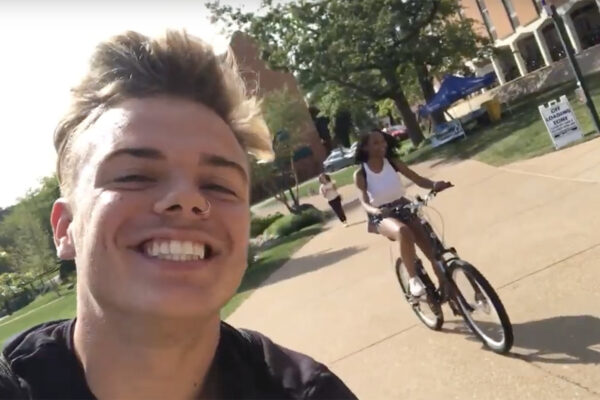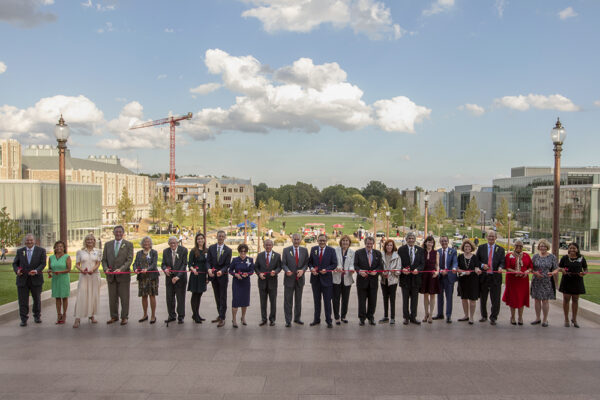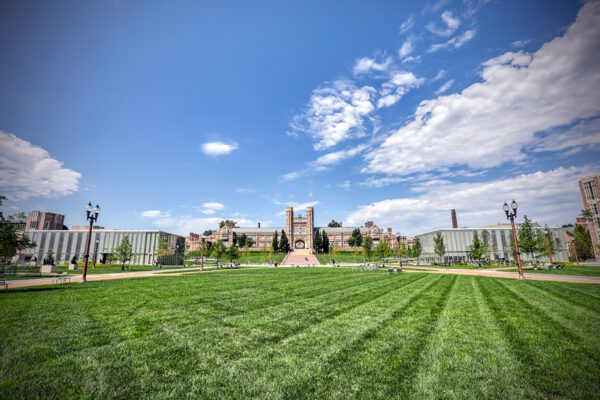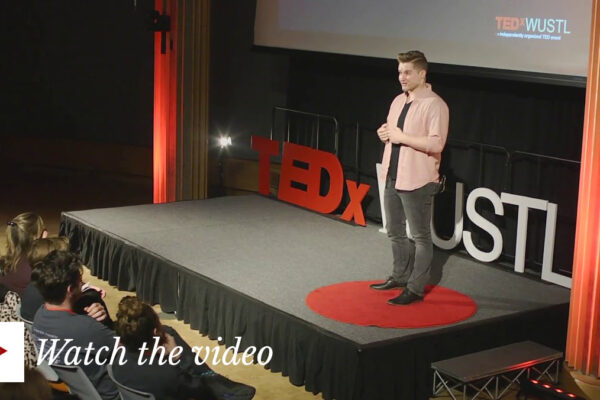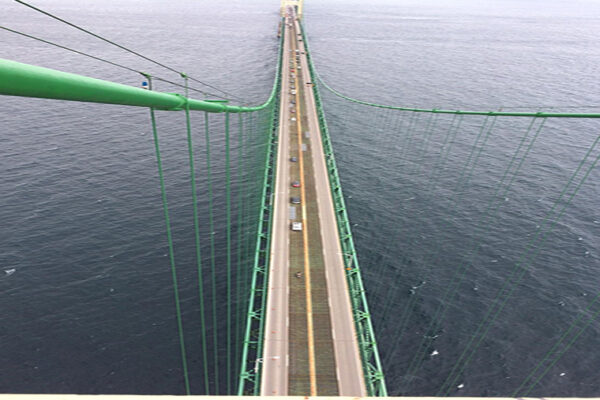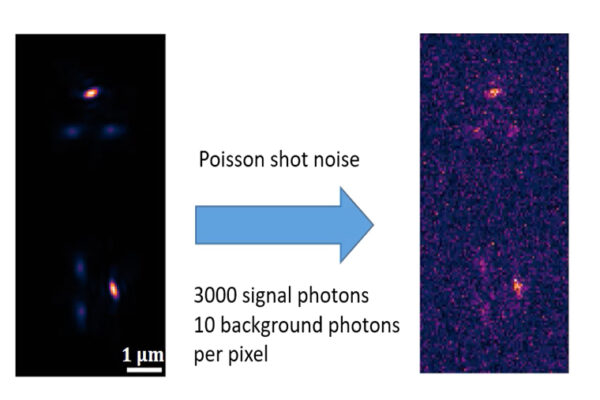Dear diary: New students keep video journals of first days on campus
For the third straight year, The Source has asked some first-year students at Washington University in St. Louis to capture a second of video every day as they begin their college careers. The project began Aug. 17, the day they moved in to the South 40.
Using ‘World of Warcraft’ to cut gamer screen time, increase maker revenue
New research from Olin Business School finds that when a video game-making firms change a game’s rewards schedule and how it limits how long gamers can play in a sitting, the firm can actually make more money — and users devote a smaller share of their time on gaming.
East End Transformation dedicated
A sweeping campus planning, design and construction project has transformed the Danforth Campus two years after the start of construction. The largest capital project in the university’s recent history, the East End Transformation was officially dedicated Oct. 2.
Check out 10 must-see east end highlights
Sweeping views. An expansive park. And a killer turkey wrap. These are just a few highlights of the newly completed east end project, the university’s largest capital project in recent history. The newly completed east end encompasses 18 acres of the Danforth Campus, adds five new buildings, expands the university’s world-class Mildred Lane Kemper Art Museum, moves hundreds of parking spaces underground and creates a new park where students can meet, relax and celebrate. Here, we offer a list of must-see attractions.
Why are superheroes so popular?
Superhero expert Peter Coogan, lecturer in American culture studies and author of the book “Superhero: the Secret Origin of a Genre,” discusses why superheroes are so popular and the origins of the superhero genre.
Big Idea: Cortex
Welcome to Cortex, an innovation community started in 2002 thanks to a lead investment from Washington University. Drone footage takes you through the formerly blighted industrial complex that is now a hip mixed-use space and home to more than 5,800 jobs. This is Cortex.
TEDx WashU Max Klapow
Max Klapow is a William H. Danforth Scholar and research assistant in the Diversity Sciences Lab. The Class of 2021 Arts & Sciences student presented at TEDxWUSTL about radical empathy in April 2019.
Monitoring bridge safety with wireless sensors
Researchers from Washington University in St. Louis and Michigan State University are testing innovative sensors on Michigan’s Mackinac Bridge that are powered by traffic vibrations and could detect bridge failures before they happen.
Parking and Transportation team offers tips, updates for new year
There is a wide variety of parking, transportation and mobility services available to students, faculty and staff as Washington University in St. Louis’ 2019-20 academic year begins. Watch the latest video to learn more.
New, fundamental limit to ‘seeing and believing’ in imaging
As researchers probe smaller parts of our world, a “picture” is not always showing what it may seem to show. One researcher at the McKelvey School of Engineering at Washington University in St. Louis has uncovered a fundamental limit to our ability to trust what we see when it comes to images of molecular motion.
View More Stories
